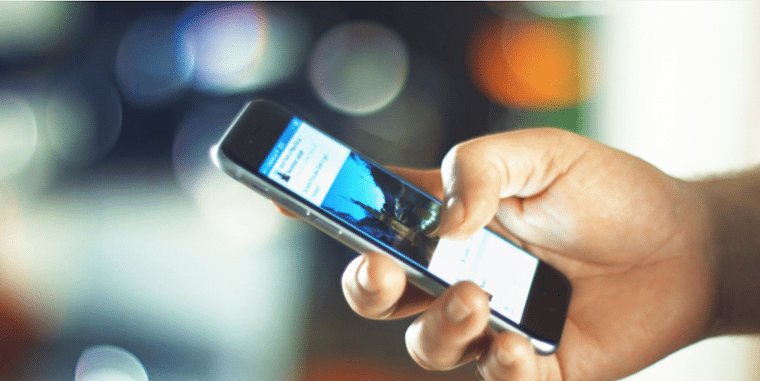In the past year, you might have noticed a shift in the type of content you’re seeing on Facebook. Facebook made the decision to make video the future of their platform, especially live video, which reduces the amount of non-video content that users see. Each day, videos receive 8 billion views, and that’s double what it was in February 2015. Video is the future of Facebook, so it’s time to start thinking about how to add video to your Facebook content strategy.
Why Video?
The new Facebook algorithm favors content from your friends and family and minimizes posts from brands, but amateur video isn’t necessarily easy to watch or create. Facebook’s 2016 second quarter earnings topped $6.4 billion (that’s billion with a “B”), and Mark Zuckerberg’s statement said, “We’re particularly pleased with our progress in video as we move towards a world where video is at the heart of all our services.”
Critics are saying that Facebook is headed towards video to target the enormous budgets of television advertising. Social media entrepreneur Jason Stein tweeted: “It’s not Facebook vs Twitter vs Snapchat vs Google. The money is moving to all of them. It’s digital platforms vs TV. Digital won’t lose (sic).”
Reread that last sentence. Digital won’t lose. Considering 78 percent of Millenials have a subscription-based video-on-demand service like Netflix, I’ll say it again: digital won’t lose.
The Numbers
Brands have caught on to this change of content and many have reallocated finances to give more to video production. Why? Between July 2015 and April 2016, engagement of all kinds declined. Likes dropped 55 percent, “shares” by 57 percent, and comments by 64 percent.
Take, for instance, Huffington Post. In June 2015, they posted 68 native videos and by February 2016, they posted 302. Of the top 10 Facebook publishers, the top two, Huffington Post and Buzzfeed, are digital natives, and of the remaining eight, five are television networks.
What does video content look like?
Facebook Live
Facebook considers live videos a different type of content. The platform also elects to show live videos higher up in News Feeds. According to Facebook, people spend 3x more time watching a live video compared to a video that’s no longer live. They do this because “Facebook Live videos are more interesting in the moment than after the fact.”
Facebook is supporting the use of Live videos by paying celebrities and media companies to use this feature.
Pre-recorded videos
Pre-recorded videos are the gold mine that Buzzfeed tapped into a while ago and has been the status quo of video content on social media. A couple of simple features that Facebook has implemented to make pre-recorded videos more enticing.
-
Captions. Up to 85 percent of users watch video on silent for a number of reasons, like they’re at work or maybe they’re taking a private moment to peruse their socials. More than likely, videos will be scrolled past if no captions are available.
-
Facebook automatically plays videos while its users are scrolling, which intrigues people to stop and watch.
What This Means
Simply put, video is the future of Facebook. Don’t let that fact scare you away from the platform. While the intended algorithm gives you content from your friends and family, videos get pushed higher up and Live videos provide the opportunity to live streaming of events, which hasn’t been available on Facebook before. So the next time you scroll through Facebook and stop at a video, analyze what caught your attention and how you can use that information to make videos for your brand.
If you’re short for ideas on where to start, Facebook compiled a list of Facebook Live best practices here, and on their Facebook Live website, they’ve suggested ways to use the feature:
-
Hot Topics: Share what’s on your mind or on the news
-
Q&A: Answer questions from fans
-
Breaking News: Comment on the day’s events
-
Interview: Bring a friend/colleague/expert into the conversation
-
Performance: Play a song, rehearse a scene, play a sport
-
Behind-The-Scenes: Turn the camera to the scenery and let the events unfold
-
Demo: Teach people how to cook, how to use a tool, or play music



